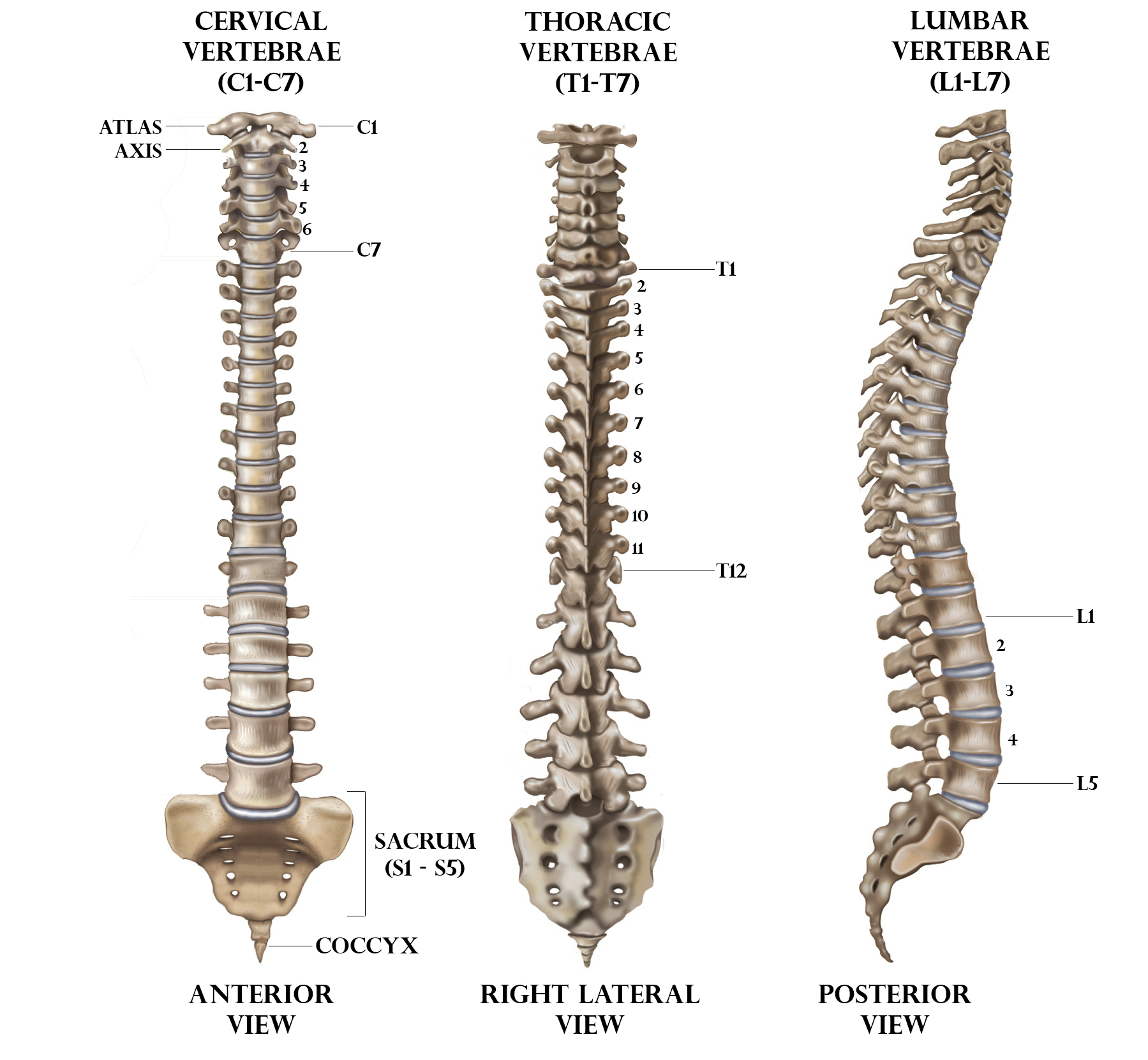
The number of spinal nerves in man is
(a)31 pairs
(b)32 pairs
(c) 12 pairs
(d)29 pairs
Answer
570.6k+ views
Hint: The nervous system is mainly concerned with the perception of senses, elicitation, and transmission of impulses and responses to stimuli for the adjustment of the body in relation to the conditions in the environment. Its two basic features are excitability and conductivity. The nerves that connect the spinal cord with other parts of the body are called the spinal nerves.
Complete answer:
The nervous system acts as an electrical co-ordinator. The nervous system is classified into the central nervous system and peripheral nervous system. The central nervous system consists of the brain and spinal cord, leaving everything else in the peripheral nervous system. PNS mainly consists of nerves that connect CNS to different parts of the body. Nerves that transmit signals from the brain are called motor nerves, while those that transmit information from the body to the CNS are sensory nerves. Spinal nerves serve both functions and are called mixed nerves. There are 31 pairs of spinal nerves in man. They are cervical spinal nerves (7 pairs), thoracic spinal nerves (12 pairs), lumbar spinal nerves (7 pairs), sacral spinal nerves(5 pairs), and caudal spinal nerves (1 pair). The brain communicates with most of the body through the spinal nerves.
Additional Information: -spinal nerves emerge from the spinal cord through spaces between the vertebrae.
-Each nerve emerges as two short branches, one at the front of the spinal cord and one at the back
-Some spinal nerves form a network of interconnecting nerves called nerve plexus.
-There are two major nerve plexus, the brachial plexus, and the Lumbosacral plexus.
-brachial plexus recombines the nerve fibers passing to arms and hand
- Lumbosacral plexus combines the nerve fibers going to the legs.
So, the correct answer is ‘31 pairs.’
Note: A spinal nerve is a mixed nerve, which carries motor, sensory and autonomic signals. Near the spinal cord each branch into two roots. One composed of sensory fibers enters the spinal cord via the dorsal root and the other composed of motor fibers leave the spinal cord via the ventral root.

Complete answer:
The nervous system acts as an electrical co-ordinator. The nervous system is classified into the central nervous system and peripheral nervous system. The central nervous system consists of the brain and spinal cord, leaving everything else in the peripheral nervous system. PNS mainly consists of nerves that connect CNS to different parts of the body. Nerves that transmit signals from the brain are called motor nerves, while those that transmit information from the body to the CNS are sensory nerves. Spinal nerves serve both functions and are called mixed nerves. There are 31 pairs of spinal nerves in man. They are cervical spinal nerves (7 pairs), thoracic spinal nerves (12 pairs), lumbar spinal nerves (7 pairs), sacral spinal nerves(5 pairs), and caudal spinal nerves (1 pair). The brain communicates with most of the body through the spinal nerves.
Additional Information: -spinal nerves emerge from the spinal cord through spaces between the vertebrae.
-Each nerve emerges as two short branches, one at the front of the spinal cord and one at the back
-Some spinal nerves form a network of interconnecting nerves called nerve plexus.
-There are two major nerve plexus, the brachial plexus, and the Lumbosacral plexus.
-brachial plexus recombines the nerve fibers passing to arms and hand
- Lumbosacral plexus combines the nerve fibers going to the legs.
So, the correct answer is ‘31 pairs.’
Note: A spinal nerve is a mixed nerve, which carries motor, sensory and autonomic signals. Near the spinal cord each branch into two roots. One composed of sensory fibers enters the spinal cord via the dorsal root and the other composed of motor fibers leave the spinal cord via the ventral root.

Recently Updated Pages
Master Class 12 Business Studies: Engaging Questions & Answers for Success

Master Class 12 Economics: Engaging Questions & Answers for Success

Master Class 12 English: Engaging Questions & Answers for Success

Master Class 12 Maths: Engaging Questions & Answers for Success

Master Class 12 Social Science: Engaging Questions & Answers for Success

Master Class 12 Chemistry: Engaging Questions & Answers for Success

Trending doubts
What are the major means of transport Explain each class 12 social science CBSE

Which are the Top 10 Largest Countries of the World?

Draw a labelled sketch of the human eye class 12 physics CBSE

How much time does it take to bleed after eating p class 12 biology CBSE

Explain sex determination in humans with line diag class 12 biology CBSE

Differentiate between homogeneous and heterogeneous class 12 chemistry CBSE




